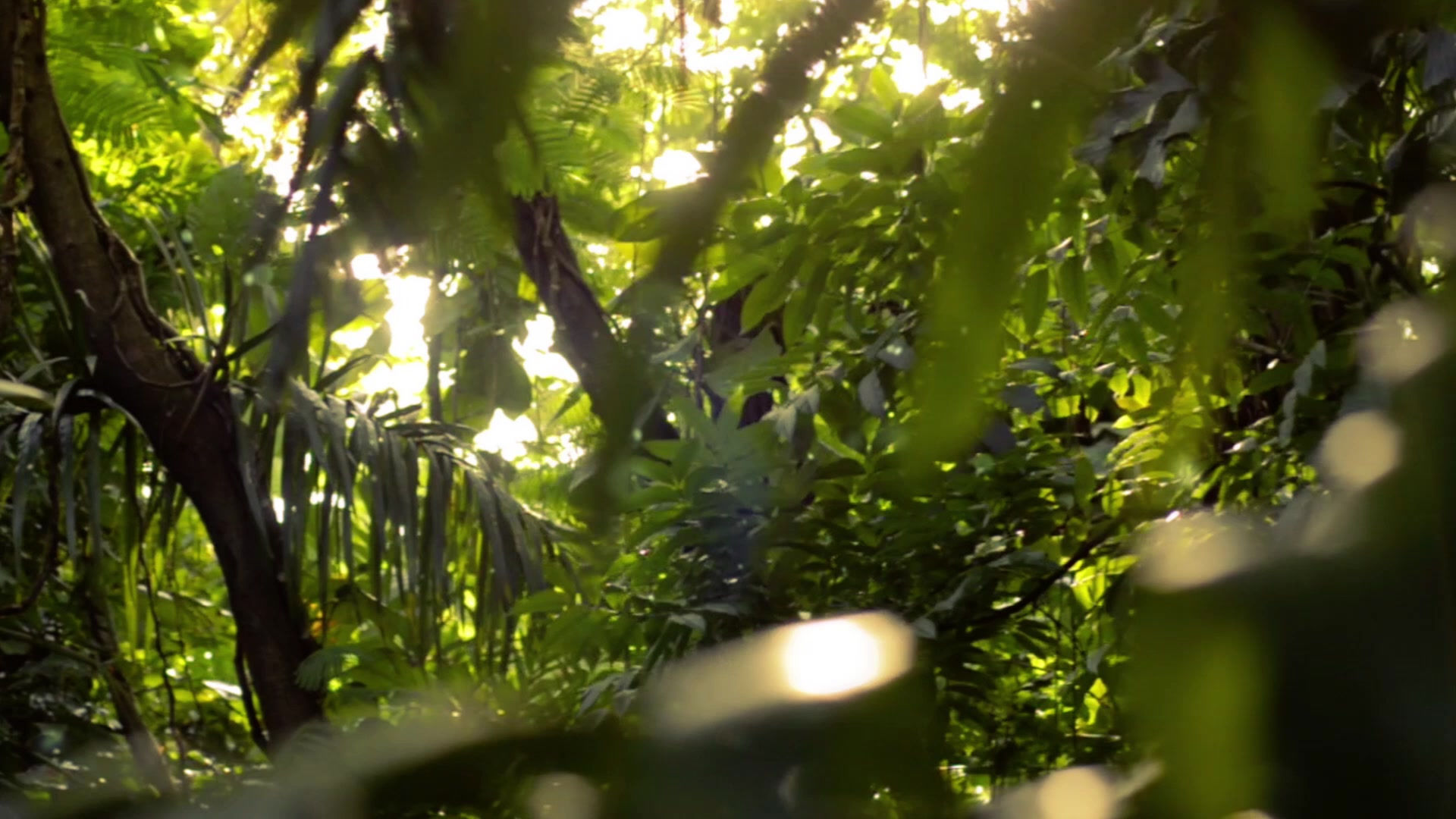
Louro Preto

Louro Preto (Cordia megalantha)
Common Name(s): Louro Preto, Laurel Negro
Scientific Name: Cordia spp. (C. megalantha, C. glabrata)
Distribution: Tropical Americas, southward to Brazil
Tree Size: 50-65 ft (15-20 m) tall, 2-3 ft (.6-1 m) trunk diameter
Average Dried Weight: 59 lbs/ft3 (845 kg/m3)
Color/Appearance: Heartwood medium brown with a reddish cast (or sometimes olive-colored cast). Darker brown streaks common. Sharply demarcated from the pale sapwood. Color darkens with age.
Grain/Texture: Grain can be straight or irregular. Fine to medium texture and good natural luster.
Endgrain: Diffuse-porous; solitary and radial multiples; medium to large pores in no specific arrangement, few; tyloses and other mineral deposits (yellow/brown) common; parenchyma varies slightly between species, but is generally banded (marginal), as well as vasicentric, aliform (lozenge), and confluent; medium to wide rays, spacing normal to wide.
Rot Resistance: Rated as very durable.
Workability: Some species may contain silica that w
ill dull cutters. On the whole, Louro Preto is easily worked and machined with good results. Although it has a fairly high amount of natural oils present, gluing is usually problem-free. (See the article on gluing oily tropical hardwoods for more information.) Turns and finishes well.